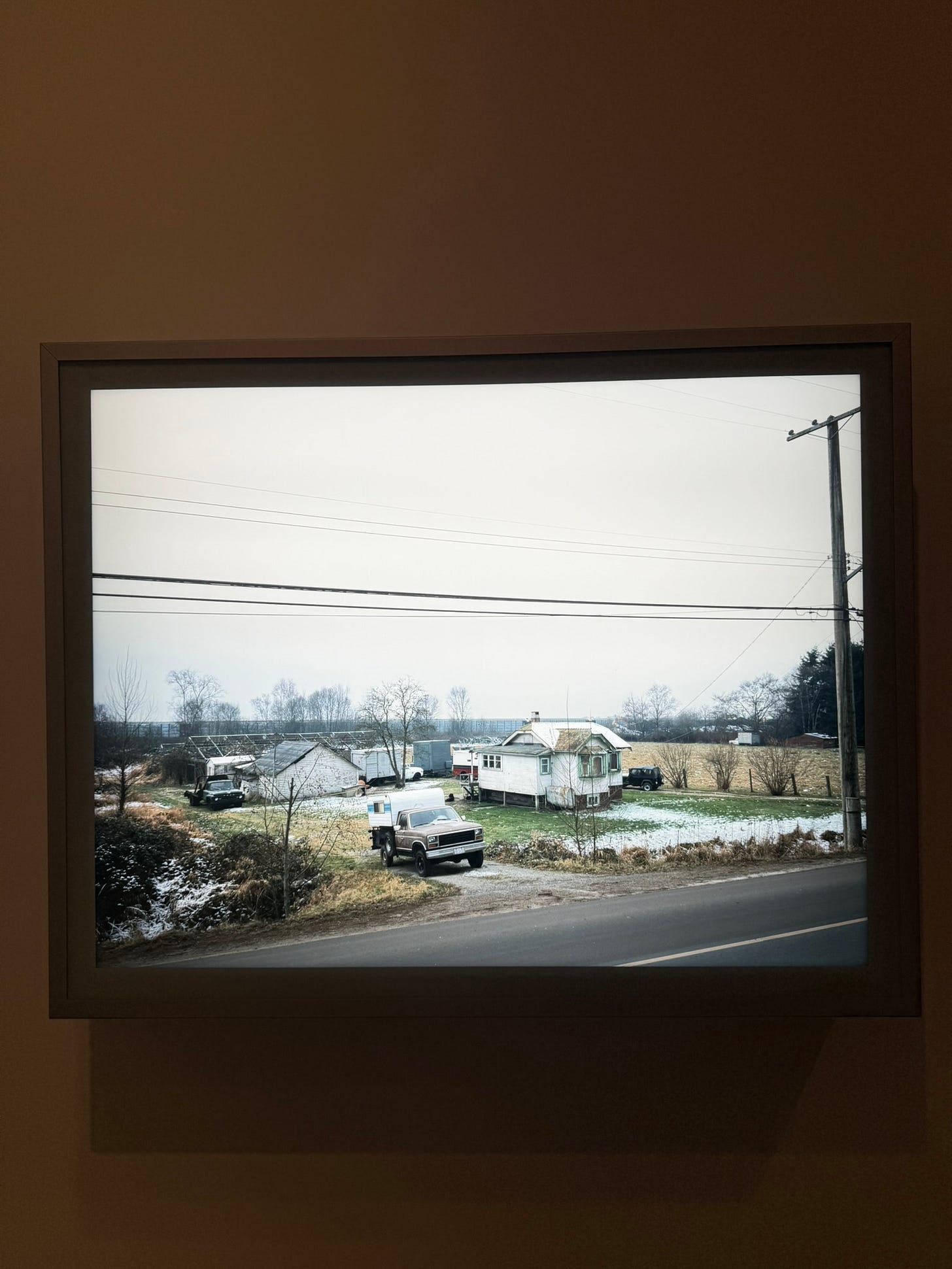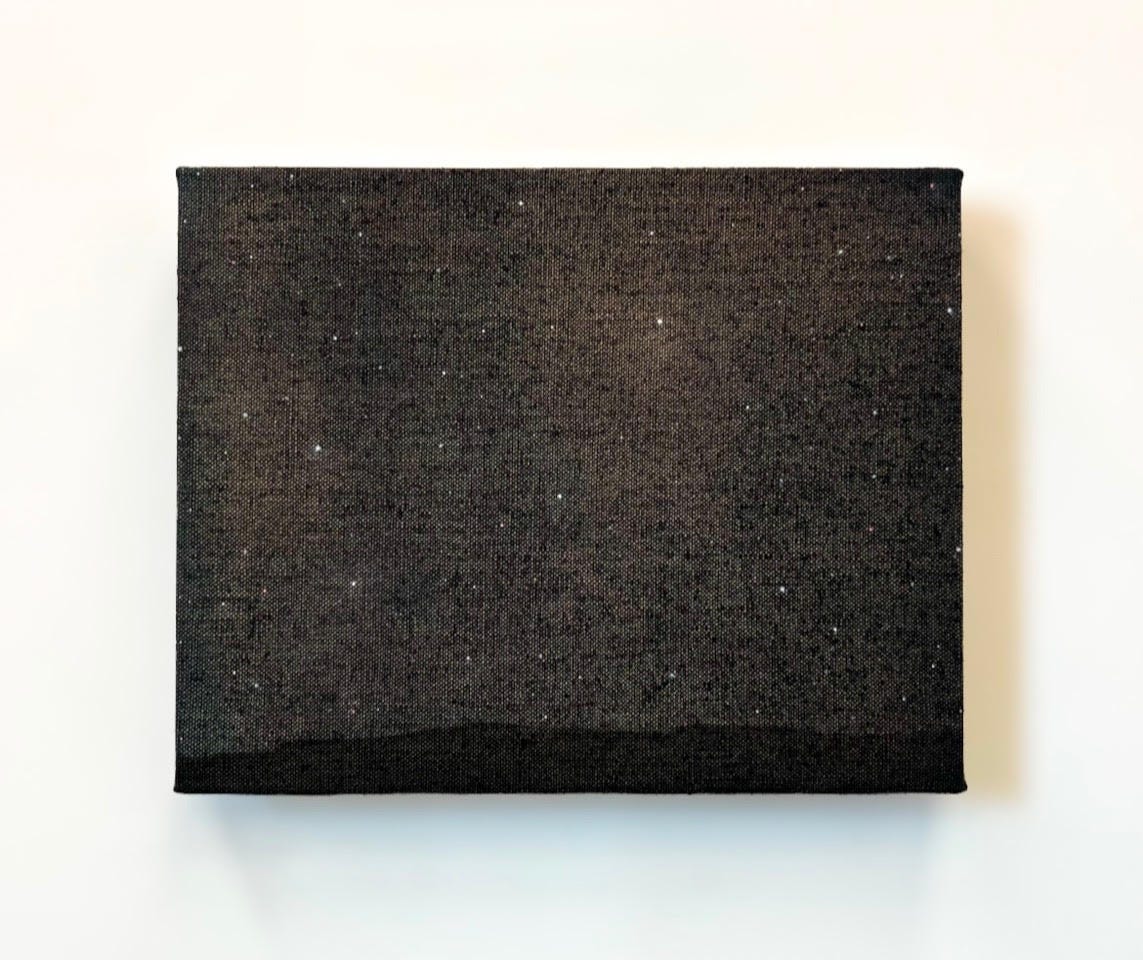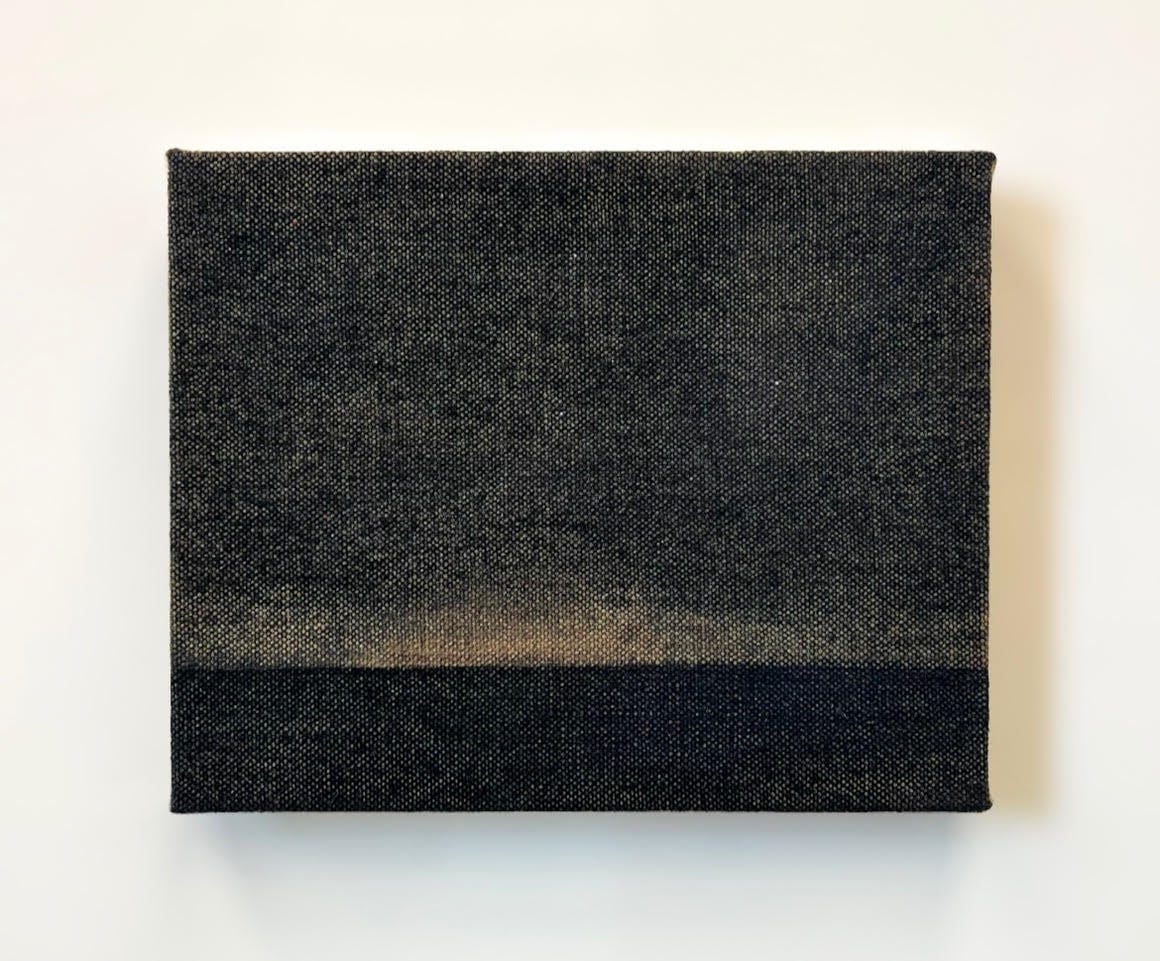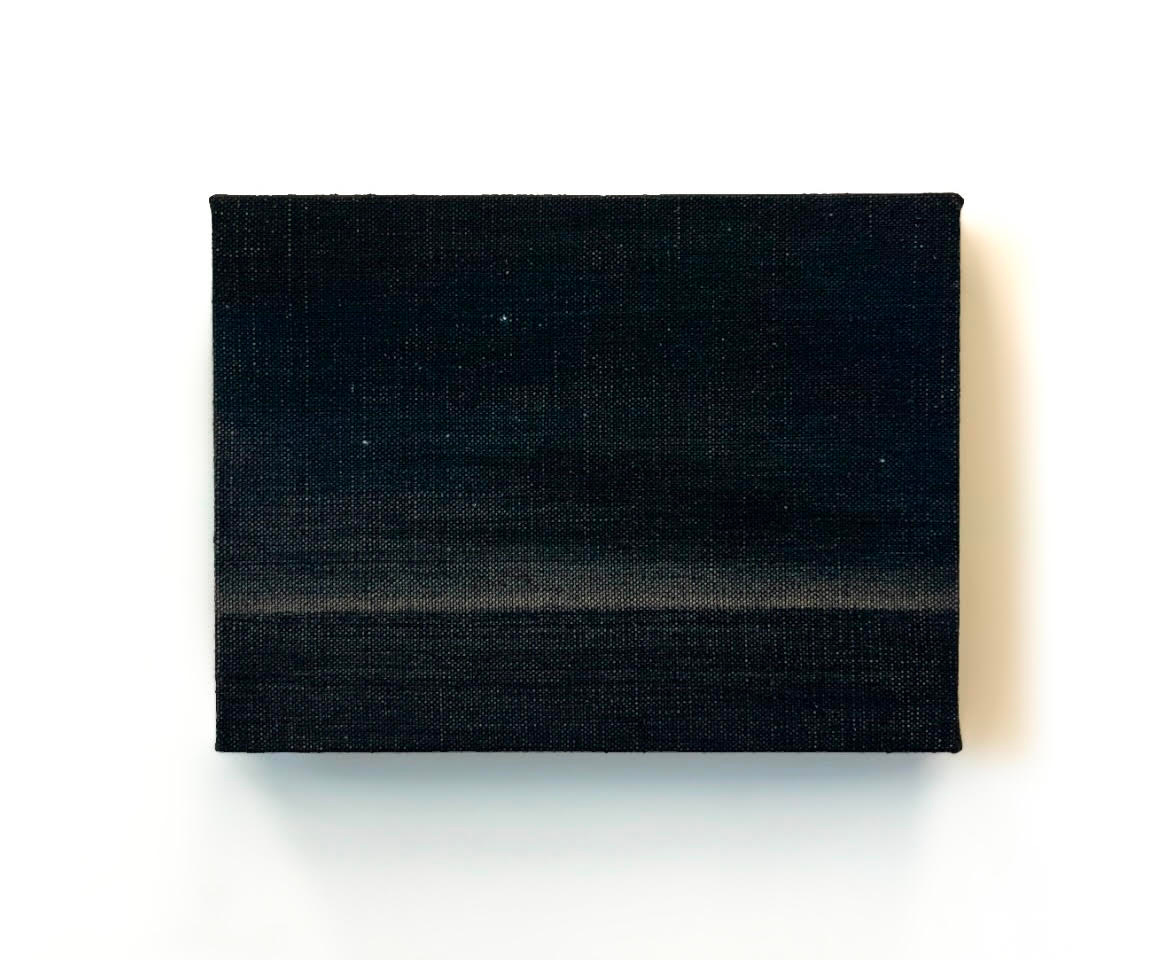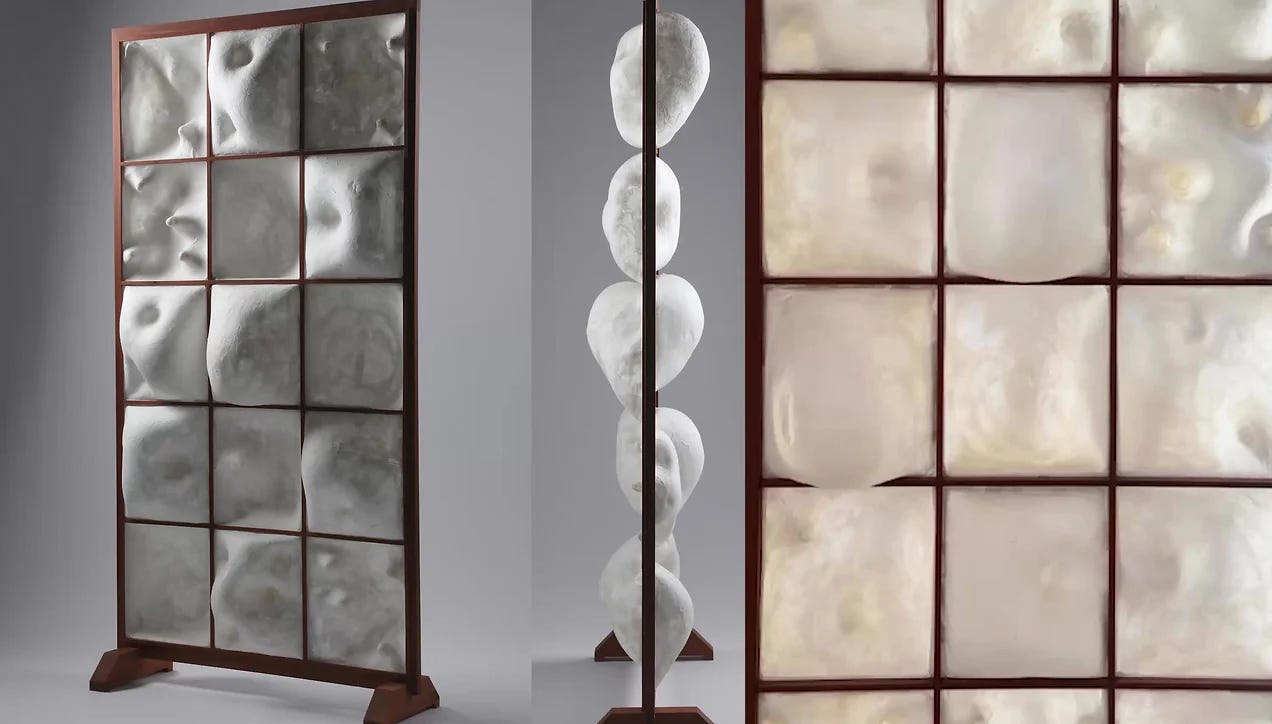Good afternoon from Toronto, Ontario. The sky is blue but the wind is up. It’s a chilly -18 with the bluster. This is the type of cold that puts an ache in every appendage and pins its way through every seam on your clothes. Much like anyone from the Pacific Northwest who wants to really blow your socks off, I will now tell you that I “grew up in a rainforest”. Isn’t that something? How can that be? Aren’t rainforests in South America? Yes - but also, yes. Vancouver is located in a temperate rainforest. Instead of months of snow, we got months of rain (with some snow), the type of rain which seems to disregard any sort of weatherproofing you’ve outfitted yourself in. If you’re covered, the rain finds a way. This constant dampness leads to a melancholic sensation that people seem to adopt early in life if you grow up there, and if you move there, you adopt it later in life. There are ways to escape it, like driving up to the North Shore Mountains or going to the movies - or visiting the Vancouver Art Gallery. A fun abbreviation. It doesn’t have the same ring to it as the MoMA - but like most Vancouver things, we tried.
I visited the art gallery with my mom when I was fifteen. After a bit of investigation, I know exactly why we went to the art gallery that day; it was to see Brian Jungen’s solo exhibition. It was in 2006. There were huge posters of his sculptures all over the outside of the building and each time we drove by the gallery, I would be more and more intrigued by it. After reading about it in the Vancouver Sun one morning, my mom and I decided we should check it out. After making our way through the show, we went up to the second level where the gallery displayed some of its permanent collection - in this case, photographs from Canadian photographers. Some of the subject matter scandalized me; nudity, drug use..sex… you heard me. I had no idea that things that were taboo to me, were interesting to others, and that some would go so far as to capture them on film and proudly display them in public. Jeff Wall’s photos were on display that day. A selection which focused on the Lower Mainland (a section of Vancouver) which is was very familiar to me. Farmland, shitty cars, rain-soaked streets set against the mountains to the north - the naked autumn trees putting up their best fight to impress in front of the hills in the distance. The mundane was all around me but someone out there, this nameless photographer, was taking photos of it and projecting them in a lightbox. WHY?! The one photo that stuck out to me was The Pine on the Corner. I remember being so taken by the crispness and detail. I knew the street, I knew the view, I knew the time of year; a cold winter’s day where the snowline on the mountains glazes the trees signalling that it was almost time to snowboard. I remember willing that line to get lower and lower every night so the ski season could start. There are few things I truly love about Vancouver - but a sunny, cold day in November-early March is one of them. It pauses Vancouver’s descent into the unknown collection of panelized buildings it has become to me and reminds me that something important existed in them thar hills. The photo pauses Vancouver as I knew it and loved it. The Datsun pick up truck confused and enticed me (why was the font the same as Nissan? I would soon find out they are the same thing), the houses lining the streets - “Vancouver Specials” indicate Vancouver’s response to housing demands, and the large coniferous trees remind me of the fact that the city was a forest and still remains one. I hadn’t seen this photo since that trip the art gallery many years ago. I often think about it as a catalyst for my interest in art - and the Datsun. I think about this piece any time I see an old Datsun. It wasn’t until yesterday (Feb 28th 2025) that I stumbled upon it at the AGO in Toronto. A small tear welled up when I realized what I was looking at. With the same set of eyes that I had back then, years apart, following the same thread of my love of art.

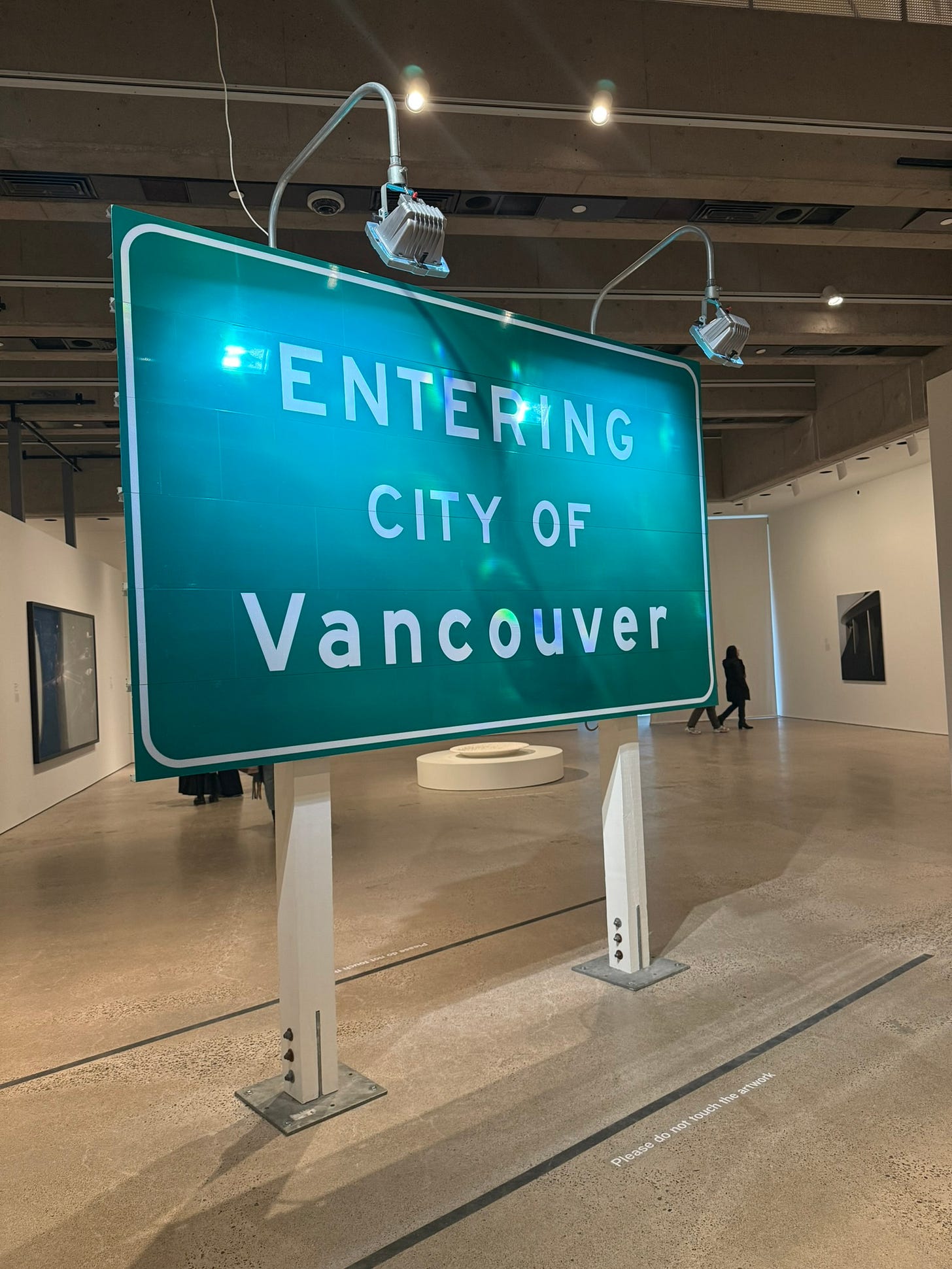
It’s nice to get a dose of early-mid 90s Vancouveria mainlined to my memory bank every now and then. Whether through the music that came over the airways on Z95.3, Rock 101, or 104.9XFM showing up on my Spotify now and again or through images that have callused themselves somewhere deep in my psyche - like the farmhouses along River Road. Sometimes you need to tap into those places.
»
Interview w/Eric Allan Cameron
Preface:
My fascination with the dark started out as a crippling fear. When you’re new to this world, the lack of light rattles every sense you’ve got, it’s disorientating and the newness is startling. By the time I was around ten years old, my relationship with the dark changed. On camping trips up to Tofino, my dad and I would see if I could camouflage myself on the side of the road while we walked back to the campsite from the beach. It was a rush to know that I could see him but he couldn’t see me. I started to notice things about being in the dark, my senses would become a bit sharper, a sense of presence and a suspension of time gave me comfort that the chaos of the daytime couldn’t provide.
I came across the work of Eric Allan Cameron around a year ago. His interpretation of darkness felt familiar - as if he had a comfort level with it that I understood. Although only viewed through my phone, I’d find my fingers pinching the screen to zoom in and see what hints of life or figuration I could find in his dark canvases. I spent a lot of time looking at his paintings; finding myself revisiting them monthly to ponder their scale and composition - naturally, if I wanted to understand some of this mystery, I figured the best way was to ask him about his work. The following is a short Q&A from a fan to an artist over email:
KS: As I mentioned in my message to you, the ties to nature—especially lakes, mountains, and looking up into space—have always shaped how I see the world. I grew up camping in places with little to no light pollution, and over time, the darkness became less something to fear and more something to explore. That intrigue drew me into your work.
I’d love to know what experiences shape the scenes you paint, and which artists inspire how you perceive these places.
EAC: Like you, I’ve spent a lot of time in nature, particularly in Canada, having grown up in the prairies in Winnipeg and spending time in northern Ontario. My connection to these places is deeply personal, tied to memory and family. In recent years, I was living and working in Victoria as my partner finished her PhD at UVic, so the west coast landscape has also made its way into my work. Now living and working in southwestern Ontario, these varied Canadian landscapes continue to inform my practice. I think of the spaces I paint not as direct representations but as distillations of feeling—how a place lingers in the mind rather than how it looks. I’m especially interested in how darkness and light function in memory, how certain moments remain illuminated while others fade into obscurity.”
In terms of artistic influences, there are many. I’ve long admired the atmospheric quality of Takao Tanabe—his paintings always evoke a sensation of fresh rain. Lucas Arruda’s work has also impacted me, particularly the way he balances intensity and quietness in such small formats. Peter Doig’s dreamlike treatment of landscape, where reality and recollection blur, has been influential as well. I also look to artists like Vija Celmins, whose precision and surface sensitivity are astounding, and historical figures like Milne, Thomson, and Whistler—artists who used darkness not as void, but as possibility.
With regards to your use of black and darker tones, I’m curious what draws you to investigate darkness with your work.
My use of darker tones largely stems from navigating a difficult period in my life. While in Victoria, I suffered a serious head and jaw injury that upended everything. Nature became a space of healing, and that spiritual shift naturally worked its way into my painting. My practice became more meditative, more about transformation—how nature’s resilience mirrors our own.”
I work by layering and sanding pigment, gradually building up atmospheric surfaces that sit between presence and absence. I don’t see darkness as emptiness. It’s depth. It’s uncertainty. It’s transformation. Light emerges from it—a reflection on water, a distant star—and that emergence speaks to me. It’s a way of making the viewer aware of what’s barely there. Darkness in my work is inward-looking, almost spiritual: not just an external condition, but a contemplative space.”
I actually came across a passage in Diego Perez’s book Inward (he writes under the name Yung Pueblo) that helped articulate what I’d been trying to express:
‘The keys to our freedom lie in our darkness… when we observe our darkness by bringing our light of awareness inward, the ego begins to dissipate… the mind is full of shadows, but shadows cannot withstand the patience and perseverance of light… our minds can become like stars, powerful united fields of pure light.’”*
I notice you work on smaller surfaces. Having only seen your work on a screen, I find myself leaning in, as if through a peephole. How does scale affect the way you paint, and how do you think it affects the viewer?
“That intimacy is something I’m very interested in. I love how a small painting invites slow, close looking—almost like holding something in your hands. I try to give smaller works the presence of larger ones, to make scale itself an active part of the experience. It feels quieter, more personal, more like a state of mind than a statement. Working small also lets me focus on subtle shifts in light and detail, which is central to the meditative nature of my process.”
Do you have any upcoming projects or exhibitions?
“Yes! I have a couple of things in the works, including a solo booth with Afternoon Projects (Vancouver) at the 11th edition of NADA New York this May. I’ll be presenting both watercolors and oil paintings—small and large—that explore the numinous light of both night and day.
»
Bio:
Eric Allan Cameron (b. 1994) is a Canadian painter whose work explores themes of memory, ecological fragility, and the interconnectedness of humanity and nature. Through a meticulous process of sanding, layering pigment, and manipulating scale, Cameron creates paintings and works on paper that exist at the threshold between presence and absence. His atmospheric spaces evoke a meditative resonance, balancing direct observation with intuition. Drawing from photographic archives and lived experiences, Cameron reflects on how nature's resilience mirrors our own capacity to transform trauma, memory, and experience into renewal and growth.
Raised in Winnipeg and now living and working in southwestern Ontario, Cameron holds a BFA from the University of Manitoba's School of Art and is currently pursuing an MFA at the University of Western Ontario under the mentorship of Sky Glabush. His work has been exhibited across Canada, most recently at Art Toronto 2024, and has garnered attention in publications such as Border Crossings Magazine.
ig: @ericallancameron | www.ericallancameron.com
I’m lucky to be able to have a handful of friends from my childhood who I still keep in touch with. One of whom came to Delta, B.C. from Fukuoka, Japan in grade 9. I was captivated by his style and sense of self - a creative, an ideas guy, curious about the new land he found himself in and completely unafraid to talk to anyone about anything. He introduced me to different aspects of Japanese culture and moreover, his world of art and fashion. I am speaking of my dear friend, Jun Kawai. Jun spent time in California pursuing becoming an architect, which then brought him to New York, and then back to California where he’s now practicing design. The dialogue in his design is one that challenges tradition while embracing it at the same time, as well challenging space without ignoring its limitations.
During a brief visit to Los Angeles with Starling in late March, Jun happened to be working on an event at Cekai Garage in Culver City where he was responsible for creating room dividers for the space - a small garage used for hosting exhibitions and concerts which is run by Cekai a Japanese advertising firm. I hadn’t seen Jun’s work in person and we’ve only been able to hangout in person a handful of times in the past ten years, it was incredible to see what he’s taught himself to do and how he’s able to communicate so many of his interests through design that doesn’t intend to overcomplicate.
»
Another project that I’d like to shine some light on belongs to Coco Maxwell. My Canadian counterpart in the recently completed MBA program I was attending in Paris over the past year. Hailing from Winnipeg, Manitoba (the 18 year old me was also from there and I had an ID to prove it that was eventually confiscated by a bouncer at Levels nightclub in Kelowna) Coco’s yearlong project is called Artist Stories by Atha. Founded in the hopes of providing under or unrepresented artists with a platform to showcase their art, CV’s, and bios without having to create a website of their own. The first collection of artists and accompanying interviews is called the Paris Collection - featuring artists working in Paris… not the Paris of the Prairies, but Paris, France. It’s an excellent way to not only learn about new artists, but also to further concentrate on the region that is shaping the art and the art that is shaping the location.
I love it. I like it. Clicking. Learning. Mini rabbit holes to go down. Nothing better. Nice one, Coco.
»
That’s all for March. Thanks for reading and love to all.





